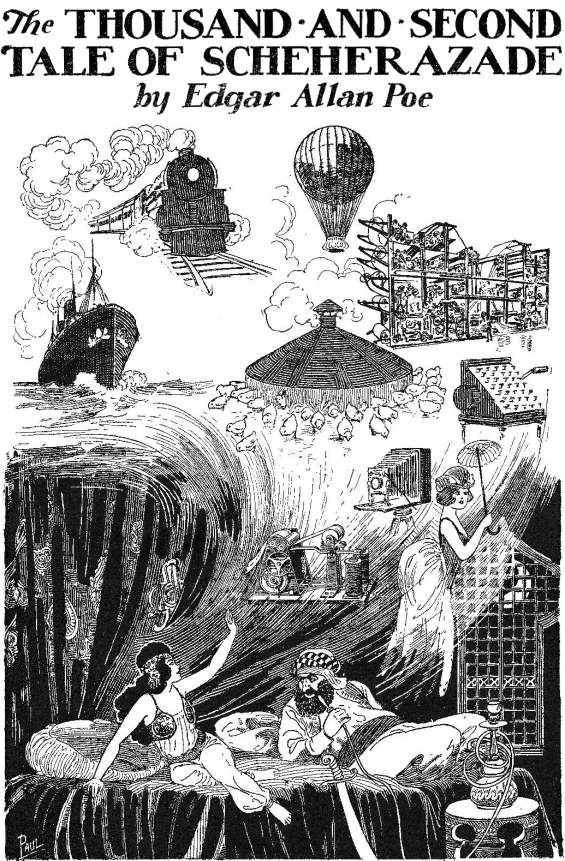 Ali Baba (1897), Aubrey Beardsley.
Ali Baba (1897), Aubrey Beardsley.
This design dates from near the end of Beardsley’s short life. It is his only drawing for a proposed book of Arabian Night’s Tales, The Forty Thieves. The book was left unfinished at his death from tuberculosis in 1898.
The size and obesity of Ali Baba’s body is suggested in the most simple and minimal way. He almost seems to blend in with the background, his shape defined only by his robes and richly profuse jewellery. The decorations on the tassel seem to be based on 17th-century embroidery designs known as ‘blackwork’. Beardsley may have studied this rare form of ornament at the South Kensington Museum (now the V&A). It is typical of him to ‘quote’ historical forms in this way. He drew inspiration from many different sources, and yet his style was uniquely his own.
 Ali Baba in the woods, also by Beardsley
Ali Baba in the woods, also by Beardsley
Ali Baba (علي بابا) is a character from medieval Arabic literature. He is described in the adventure tale of Ali Baba and the Forty Thieves (علي بابا والأربعون لصا). Like many other folk tales frequently adapted for children, the original tale is darker and more violent than the more familiar bowdlerized versions. Popular perception of Ali Baba, and the way he is treated in popular media, sometimes implies that he was the leader of the “forty thieves”; in the story he is actually an honest man whom fortune enables to take advantage of the thieves’ robberies.
Some critics believe that this story was added to One Thousand and One Nights by one of its European translators, Antoine Galland, an 18th-century French orientalist who may have heard it in oral form from a Middle Eastern story-teller from Aleppo, in modern day Syria. In any case, the first known text of the story is Galland‘s French version. Richard F. Burton included it in the supplemental volumes, rather than the main collection of stories, of his edition of the Thousand and One Nights, and seems to have thought it Greek Cypriot in origin.


